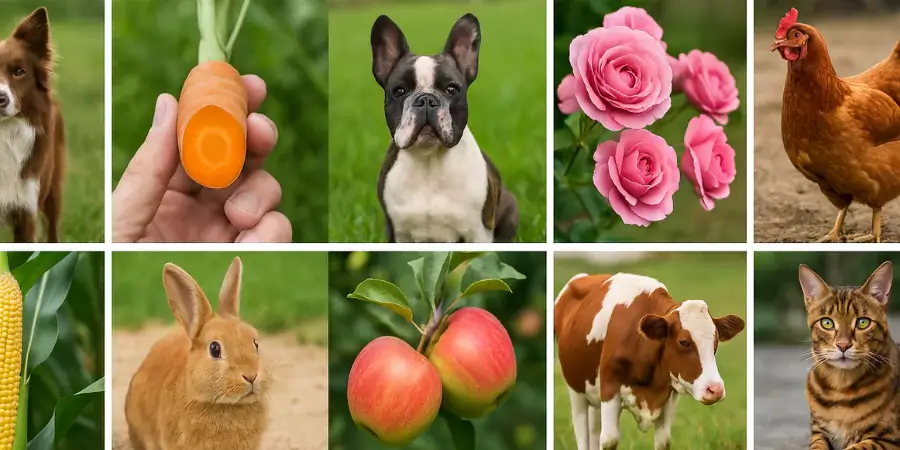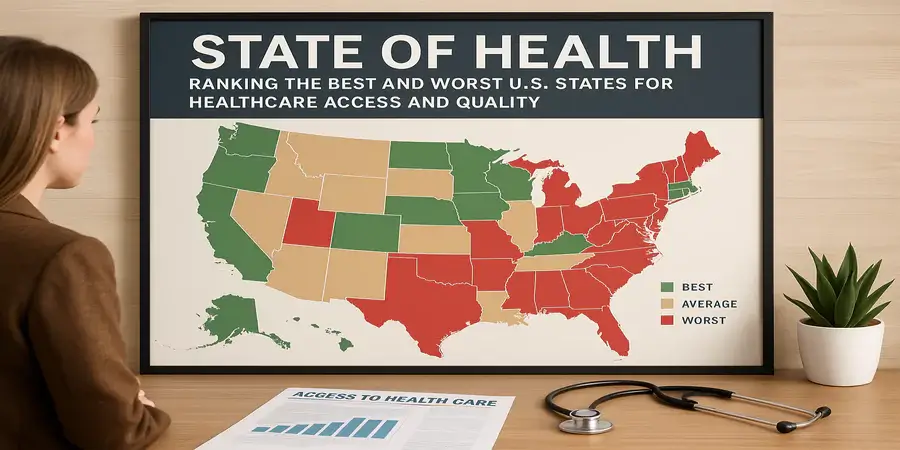Table of Contents
- Introduction
- What is Artificial Selection?
- Top 10 Examples of Artificial Selection
-
- Dogs: Selective Breeding in Canines
-
- Crops: Agricultural Advancements
-
- Ornamental Plants: Aesthetic Selection
-
- Poultry: Productivity and Variety
-
- Fish: Innovations in Aquaculture
-
- Flowers: The Art of Bloom Selection
-
- Horses: Breeding for Performance
-
- Fruits: From Wild to Supermarket Aisles
-
- Cattle: Building Dairy Dynasties
-
- Orchids: Masterpieces of Hybridization
-
- Why Artificial Selection Matters
- FAQs
- Conclusion
Introduction
Artificial selection, commonly referred to as selective breeding, is the human-guided process of breeding plants and animals to promote desirable traits. This powerful approach to shaping biodiversity has helped transform wild species into the domesticated and cultivated forms we rely on today. In this article, we highlight 10 fascinating examples that demonstrate the significant role artificial selection has played in agriculture, floriculture, and animal breeding.
What is Artificial Selection?
Artificial selection is a process where humans intentionally breed organisms to emphasize specific traits. Unlike natural selection, which relies on survival pressures in nature, artificial selection is driven by human preferences. The goal often involves improving productivity, aesthetics, temperament, or disease resistance.
Top 10 Examples of Artificial Selection
1. Dogs: Selective Breeding in Canines
From large breeds like the Great Dane to miniature ones like the Chihuahua, dogs are a prime example of artificial selection. Humans have bred dogs for:
- Size and coat type
- Temperament and behavior
- Functional skills (e.g., hunting, guarding, herding)
Today, there are more than 400 dog breeds tailored to human lifestyles and preferences.
2. Crops: Agricultural Advancements
Essential crops like wheat, corn, and rice have undergone centuries of selective breeding to enhance traits such as:
- Yield and size
- Pest and disease resistance
- Nutritional value and taste
The Green Revolution showcases how artificial selection significantly advanced global food security.
3. Ornamental Plants: Aesthetic Selection
Roses, lilies, and tulips are results of human-driven breeding designed to enhance their beauty. Breeders have focused on:
- Flower color and shape
- Fragrance and bloom longevity
- Growth patterns and resilience
These efforts have expanded the visual diversity of decorative plants in gardens worldwide.
4. Poultry: Productivity and Variety
Chickens, ducks, and turkeys have been bred to support global food systems through:
- Egg and meat yield
- Growth rates
- Temperament and feather coloration
Selective breeding ensures a consistent and high-quality supply of poultry products.
5. Fish: Innovations in Aquaculture
Aquaculture benefits from artificial selection in species such as salmon, tilapia, and trout. Desired improvements include:
- Faster growth rates
- Resistance to common diseases
- Enhanced meat texture and flavor
These advancements support sustainable seafood production to meet increasing demand.
6. Flowers: The Art of Bloom Selection
Daisies, marigolds, and sunflowers have been shaped by breeders for:
- Vivid coloration
- Unique petal shapes
- Environmental resilience
Selective breeding in floriculture caters to both the commercial and home gardening markets.
7. Horses: Breeding for Performance
Horse breeding emphasizes performance-based traits. Selective breeding has given rise to breeds suited for:
- Racing (e.g., Thoroughbreds)
- Work and hauling (e.g., Percherons, Clydesdales)
- Sports and leisure (e.g., Arabians, Quarter Horses)
Breeding continues to influence global equestrian industries.
8. Fruits: From Wild to Supermarket Aisles
Apples, bananas, and strawberries have been significantly modified through artificial selection to improve:
- Taste and texture
- Shelf life and transportability
- Nutritional content
These improvements have made fresh fruits available year-round across the globe.
9. Cattle: Building Dairy Dynasties
Cattle breeds like Holstein and Angus have been selectively bred for both dairy and meat industries, focusing on:
- Milk output and fat content
- Muscle growth and meat yield
- Climate adaptability and hardiness
These traits ensure reliable beef and dairy production worldwide.
10. Orchids: Masterpieces of Hybridization
Orchids have been artistically shaped through hybrid breeding techniques. Selection priorities include:
- Color vibrancy and petal symmetry
- Bloom time and fragrance
- Cultivation ease and survival rates
Thousands of orchid hybrids now exist, many developed through tissue culture methods.
Why Artificial Selection Matters
Artificial selection meets human needs while also influencing biodiversity, agriculture, and environmental sustainability. It allows us to:
- Improve food production efficiency
- Develop new breeds and varieties
- Protect traits in rare or endangered species
Yet, overuse of selective breeding can decrease genetic diversity, making species vulnerable to future threats like climate change and disease.
FAQs
What is the difference between artificial and natural selection?
Natural selection is driven by environmental forces; artificial selection is guided by human choice for specific traits.
Is artificial selection harmful?
It can be beneficial but may lead to reduced genetic variation and increased risk of inherited health issues.
Can artificial selection be reversed?
In some cases, crossbreeding or ceasing selective pressures may cause traits to revert, but full reversal is uncommon.
How does artificial selection help agriculture?
It improves crop yield, quality, and resistance to pests, making farming more efficient and reliable.
What are the risks of artificial selection?
Potential risks include inbreeding, loss of genetic diversity, and decreased resilience to changing environments.
Conclusion
Artificial selection is a powerful tool through which humans have reshaped nature for practical, nutritional, and aesthetic benefits. From genetically enhanced crops to customized dog breeds, these examples reflect our ability to guide evolution. As technologies like genetic engineering evolve, so does our responsibility to balance innovation with ethical and environmental considerations.
Let me know if you’d like Yoast-style SEO feedback, social media captions, or an AI image prompt to complement this article!




